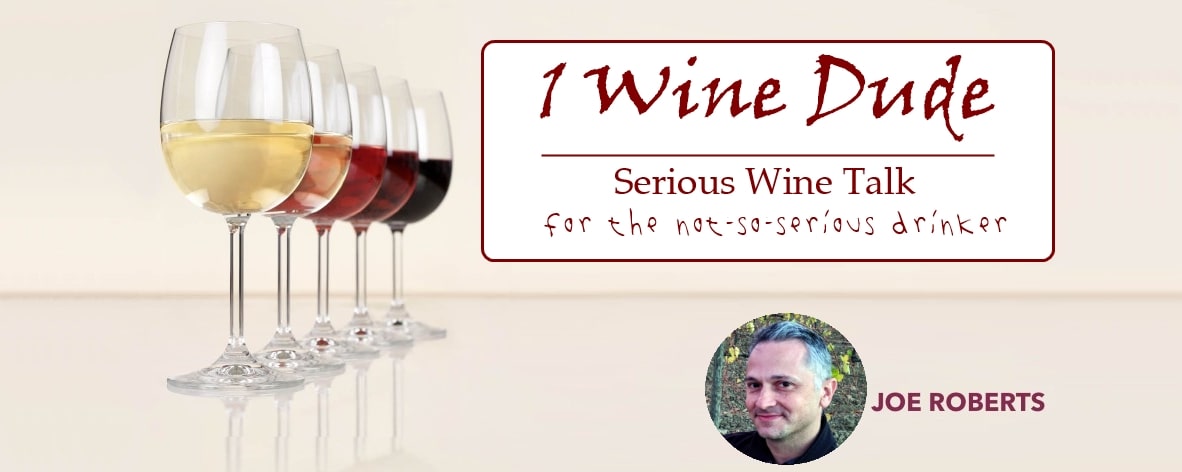Jeff Smith, of Hourglass wines (and who, incidentally, just took the rather bold move of parting ways with long-standing and celebrated consulting winemaker Robert Foley, and bringing on Cade and Plumpjack alumnus Anthony “Tony” Biagi), knows his Napa Valley wine history. Fortunately for me (more on that in a minute or two). Smith’s roots are…
A Serious Wine Blog For the Not-So-Serious Drinker

